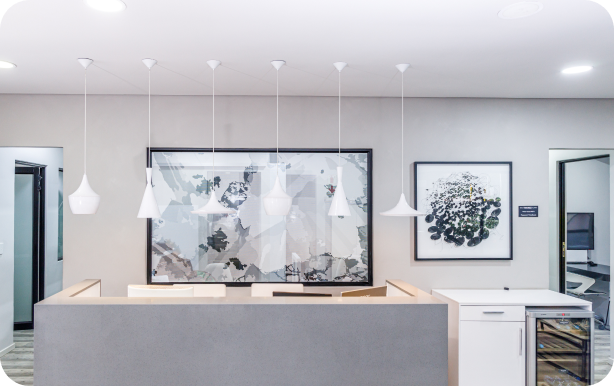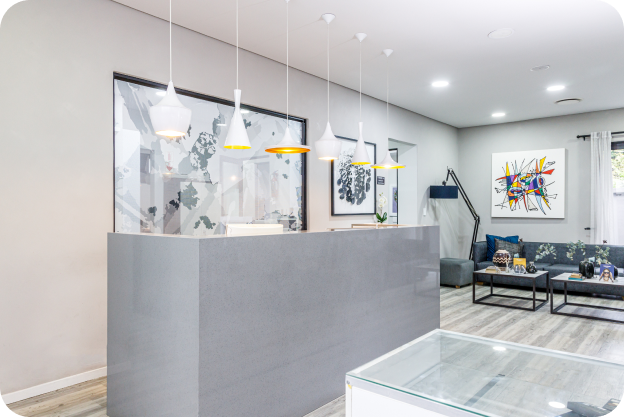


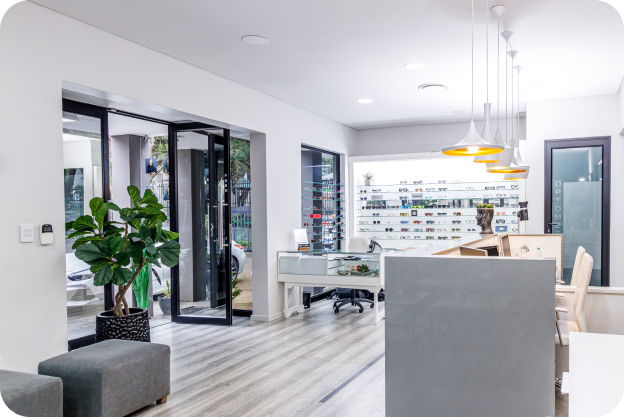


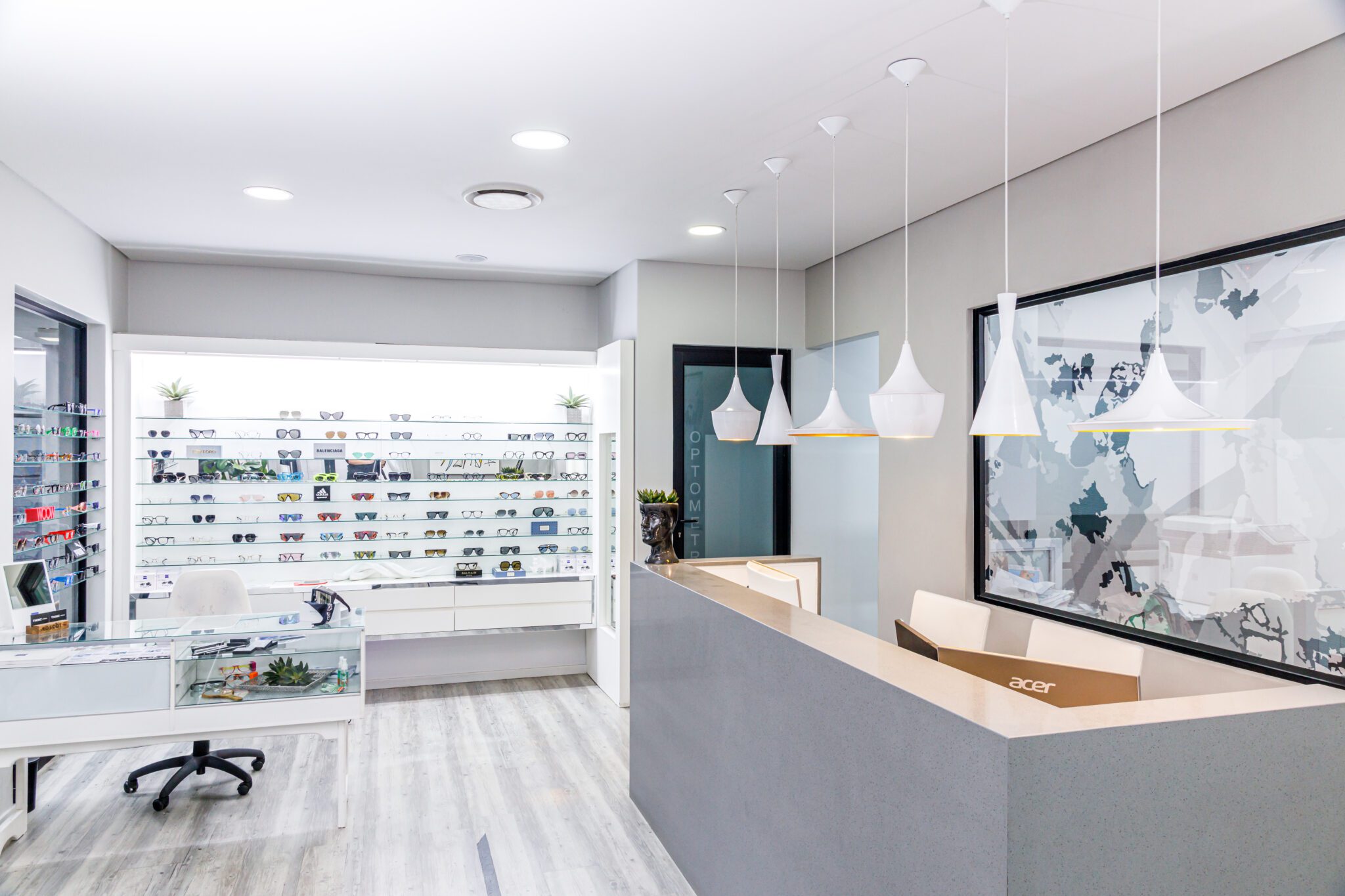


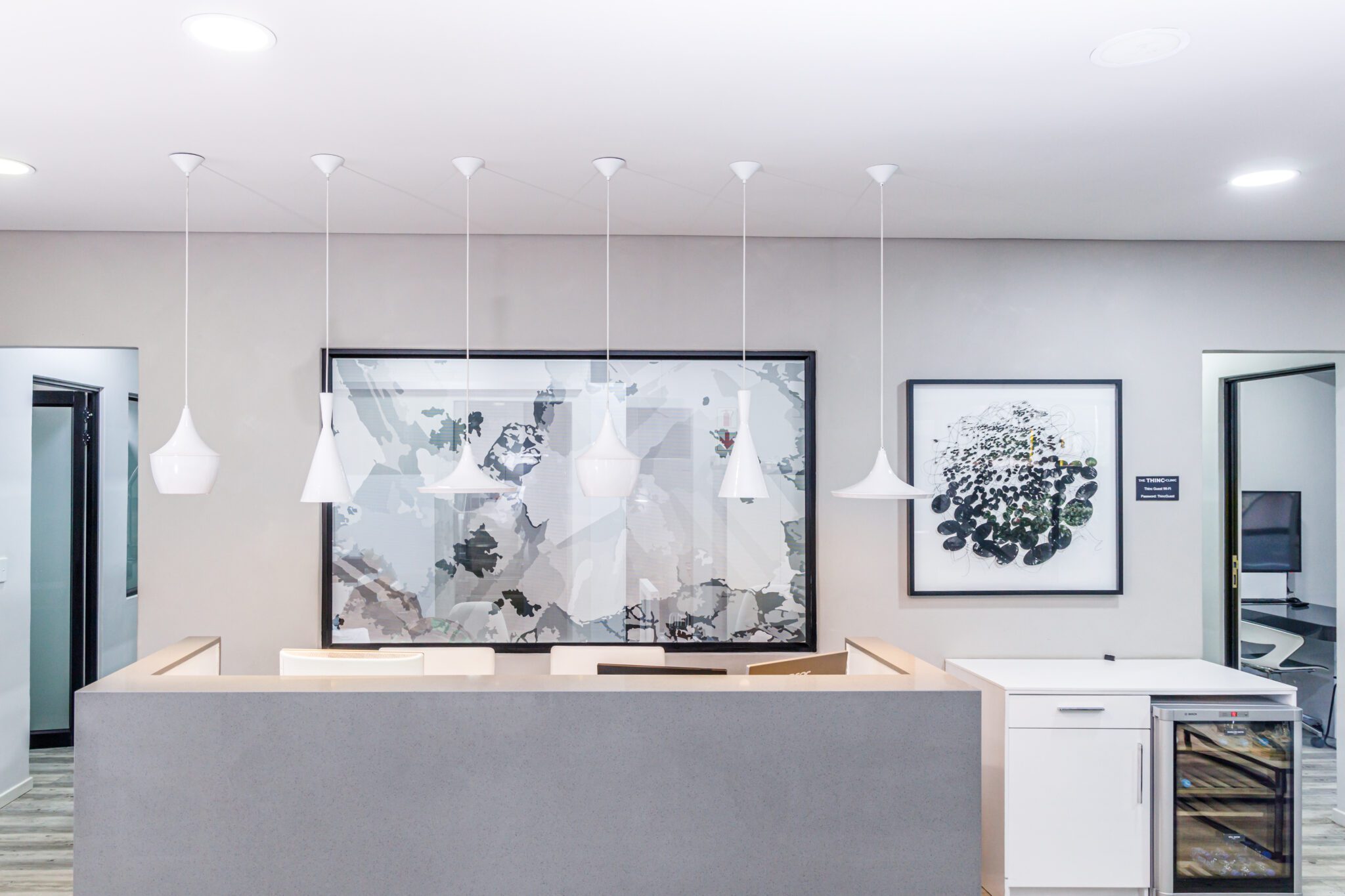


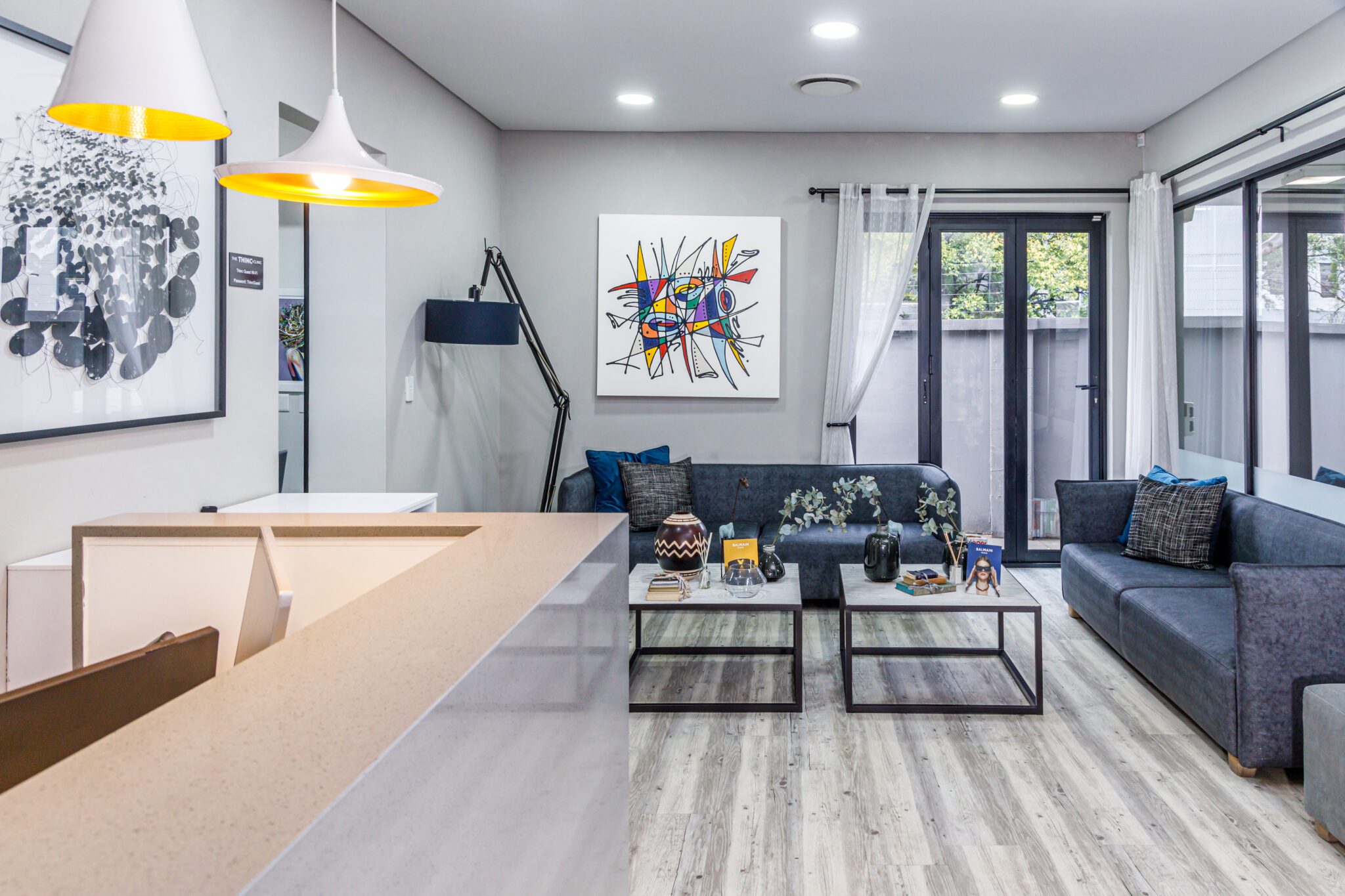


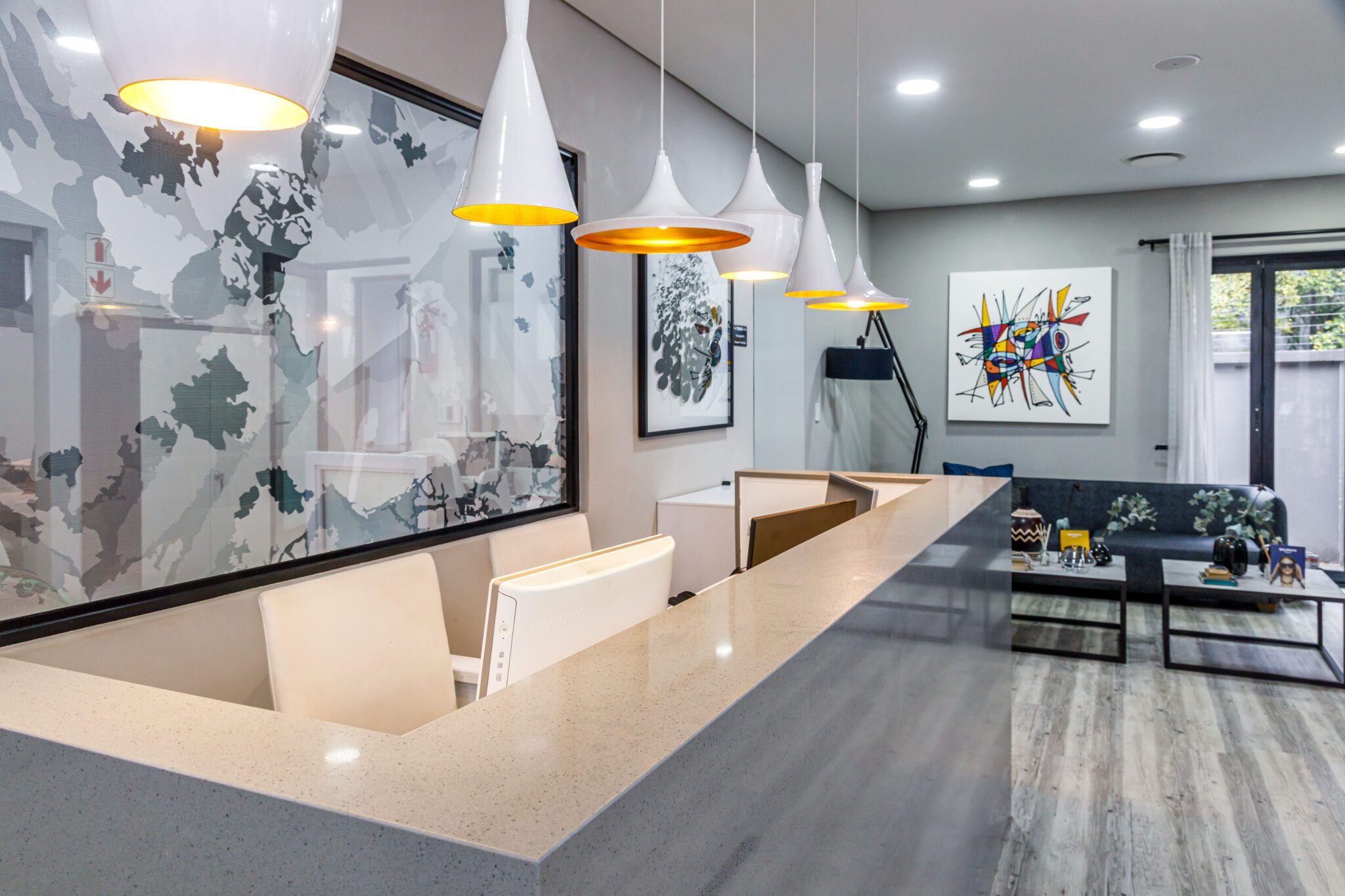


When you THINC CLINIC you think future
At our clinic, we pride ourselves on offering the latest and most cutting-edge technology to ensure that our patients receive top-class dental treatments. We understand that dentistry is constantly evolving, and we strive to keep up with the latest advancements to provide the best possible care. Our state-of-the-art equipment includes digital X-rays , CBCT scan , laser dentistry, and computer-aided design and manufacturing (CAD/CAM) technology for precise and efficient restorations.






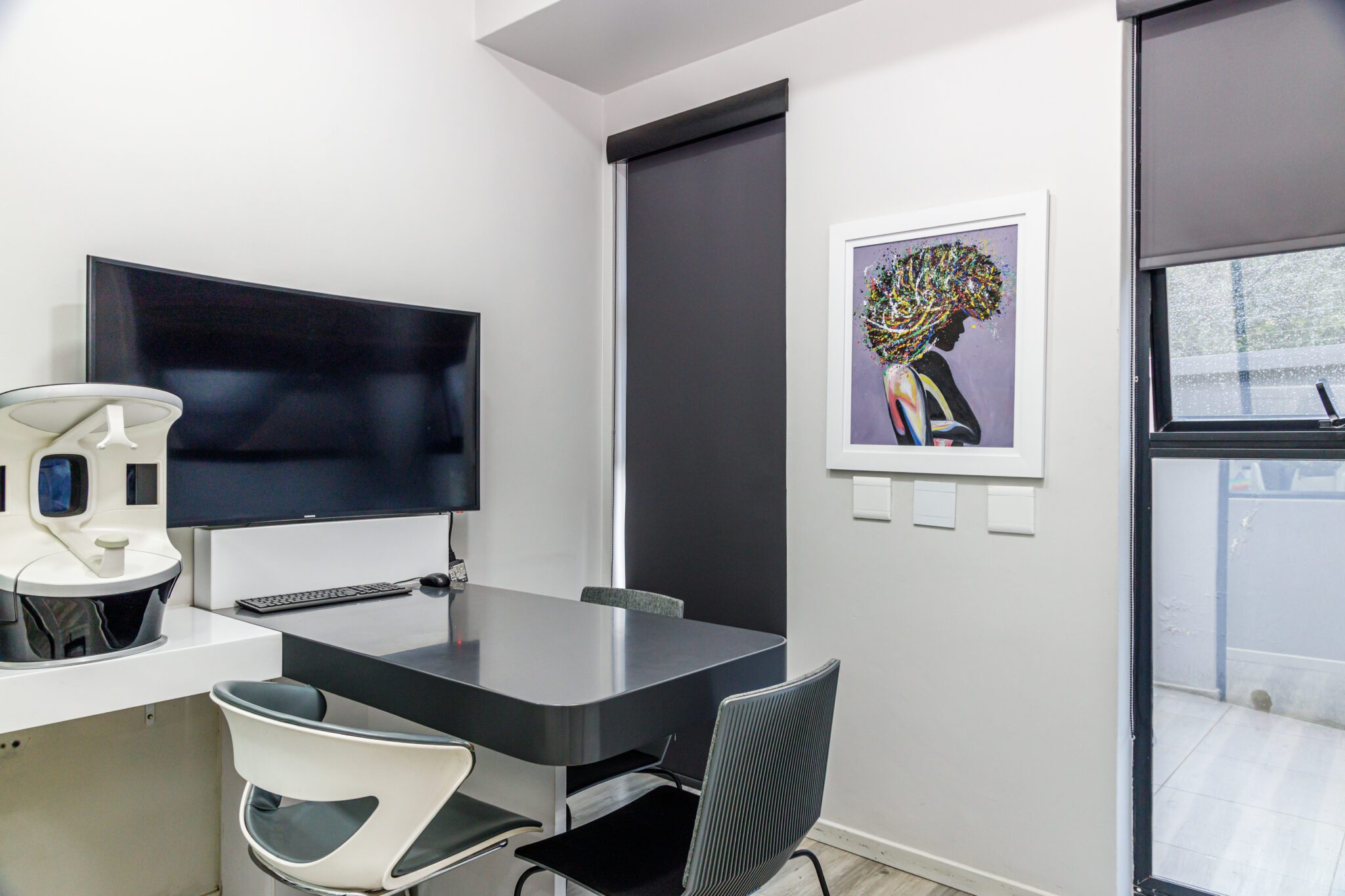













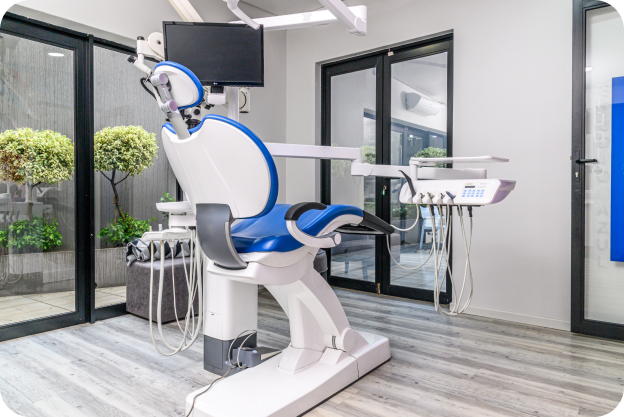

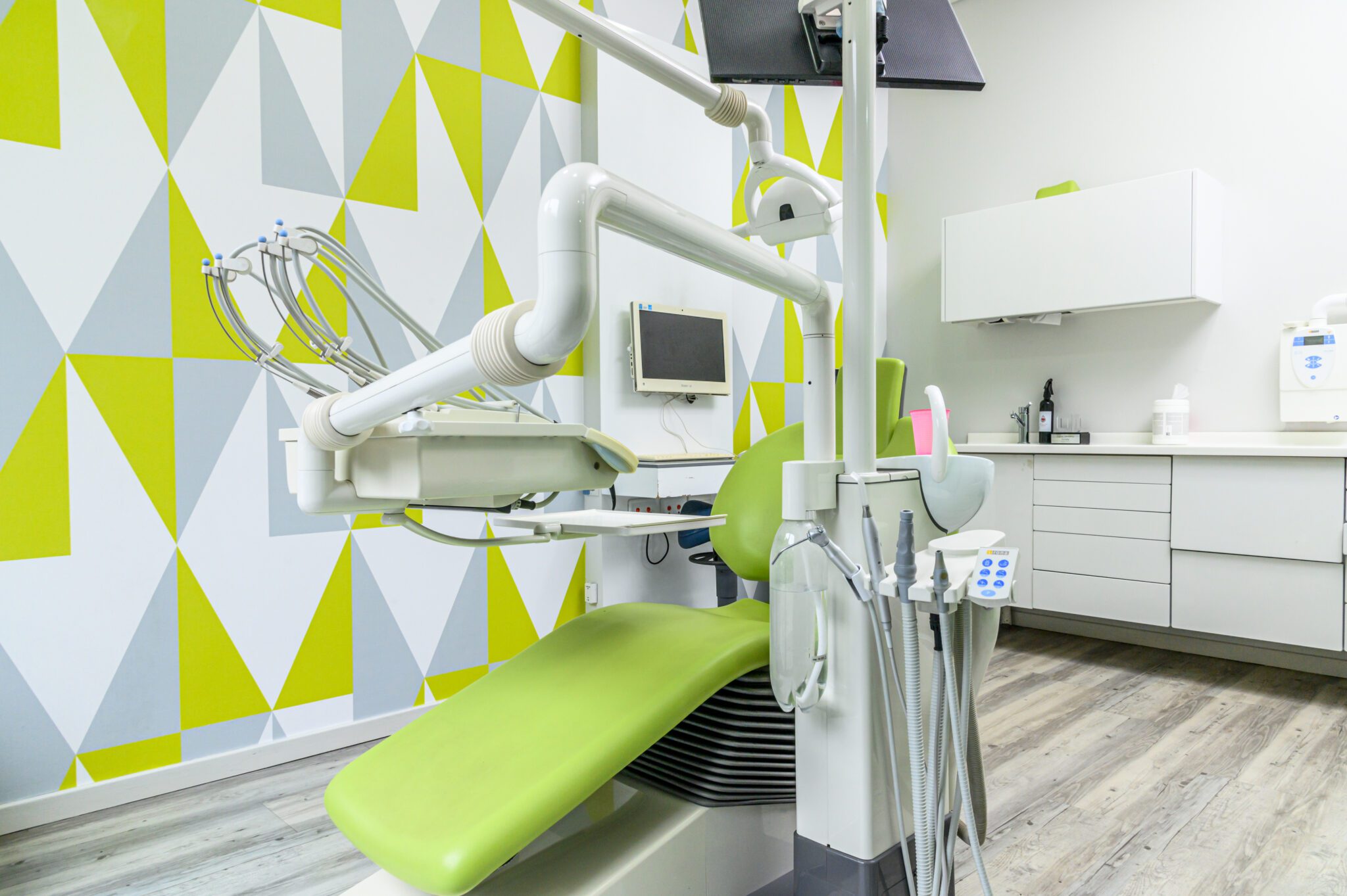

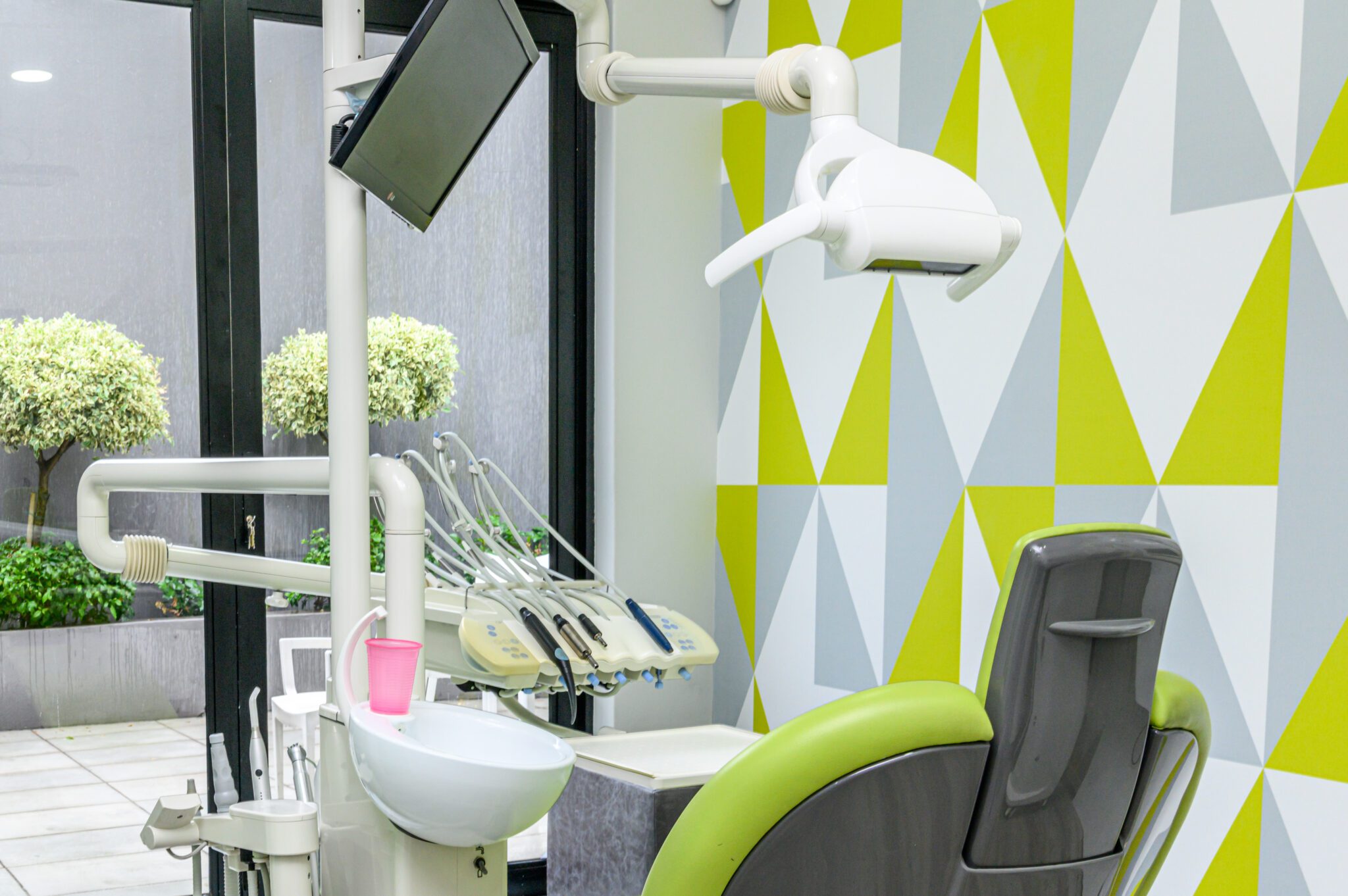

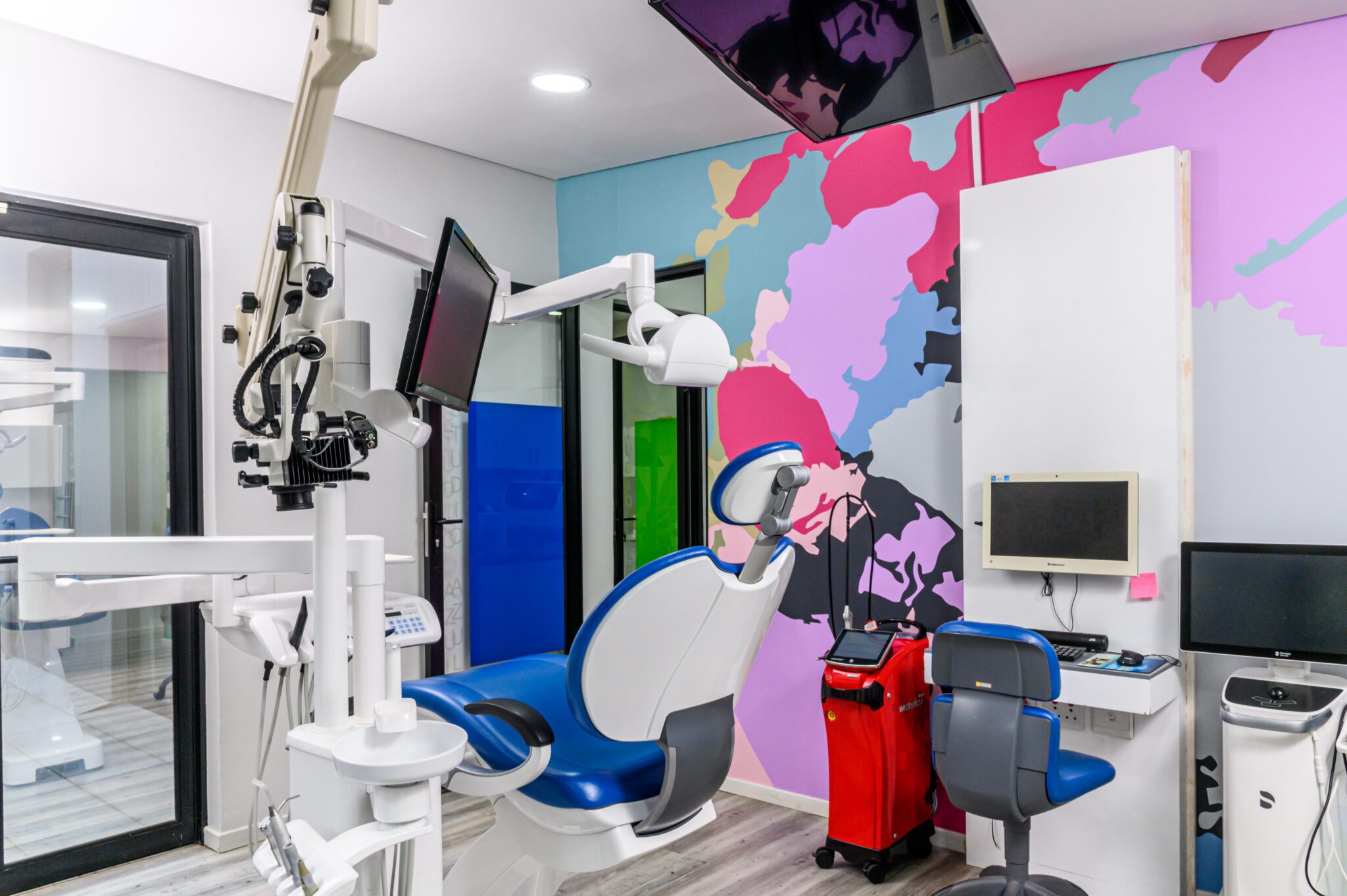

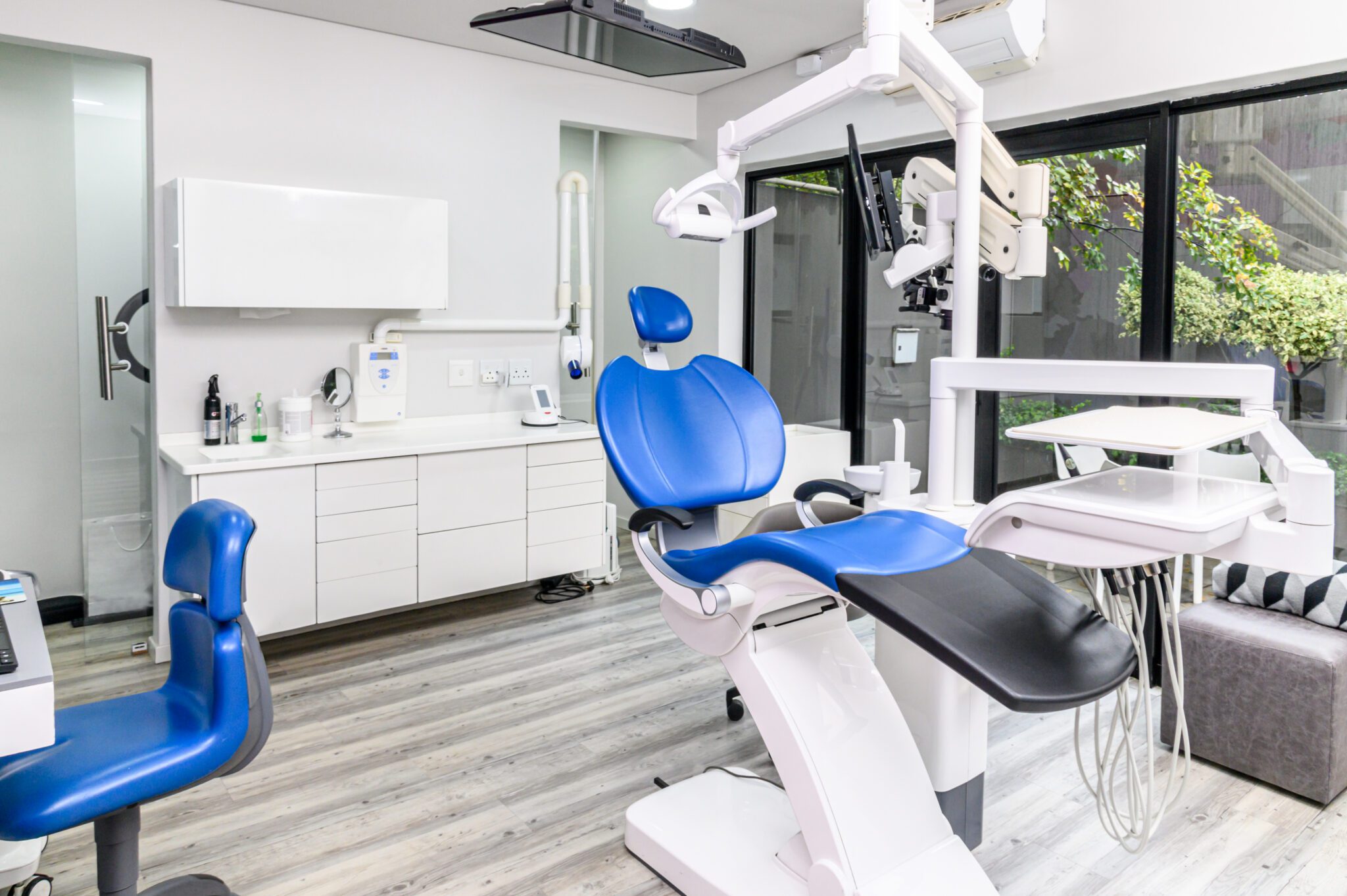

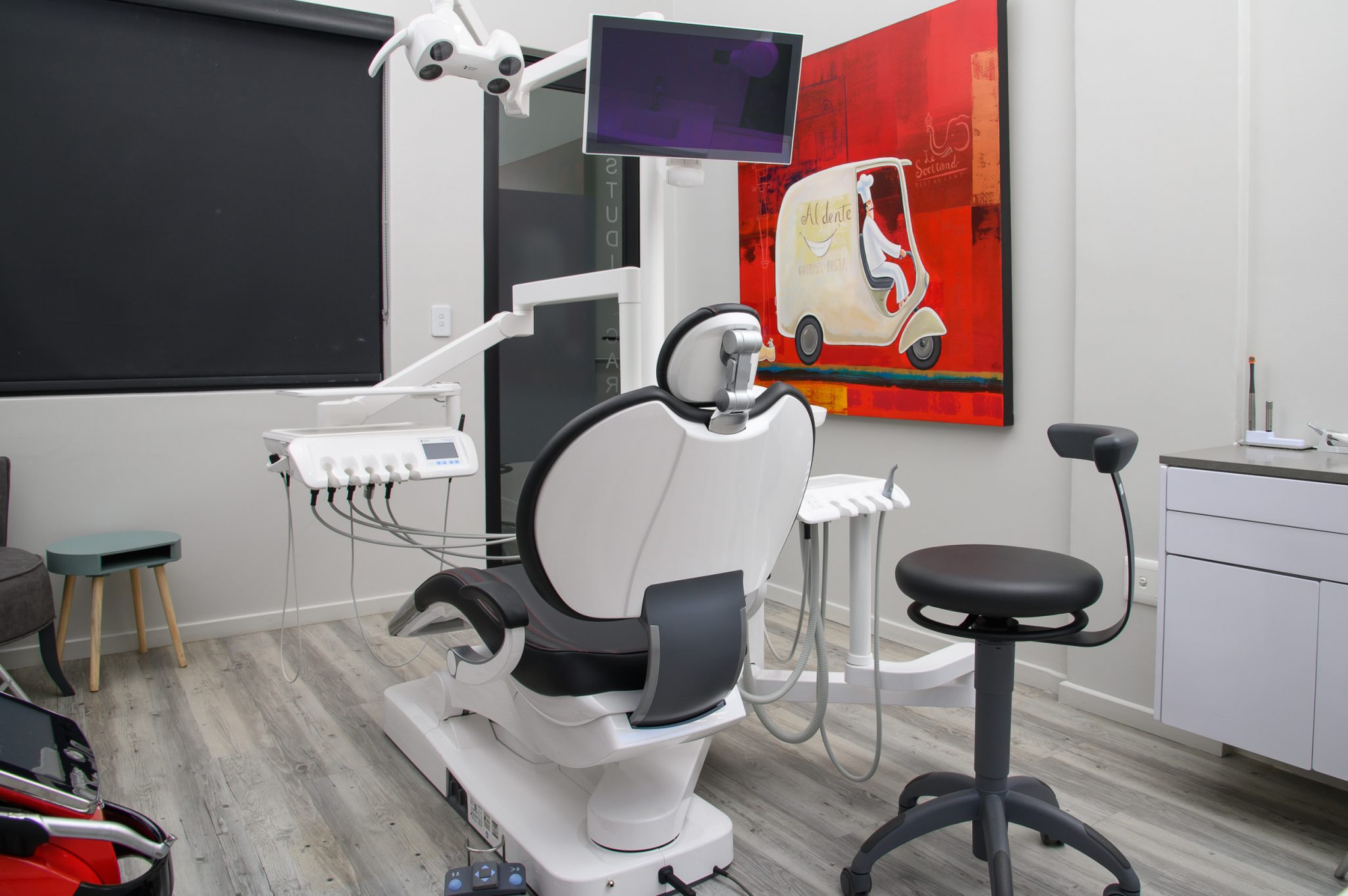

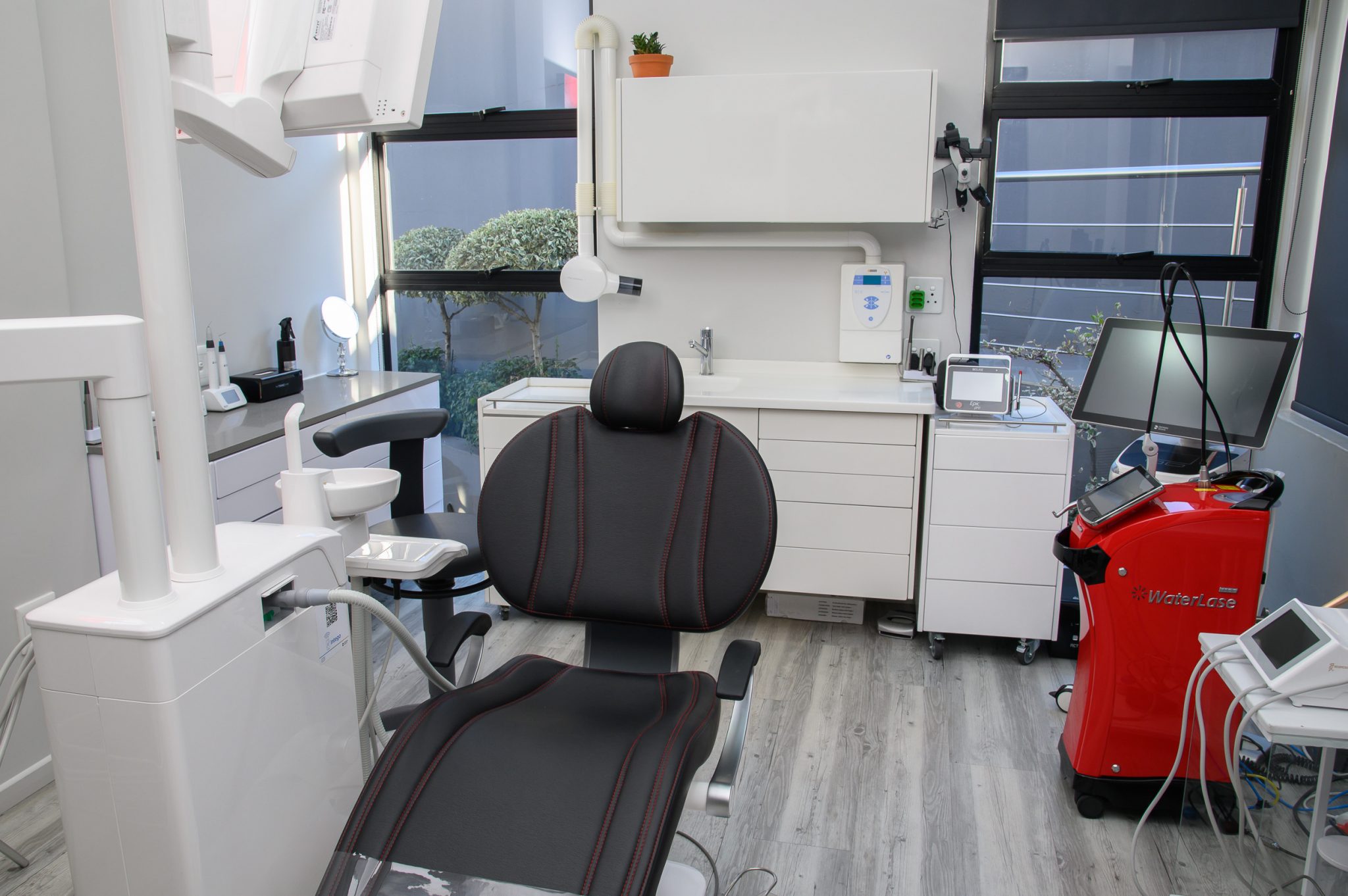

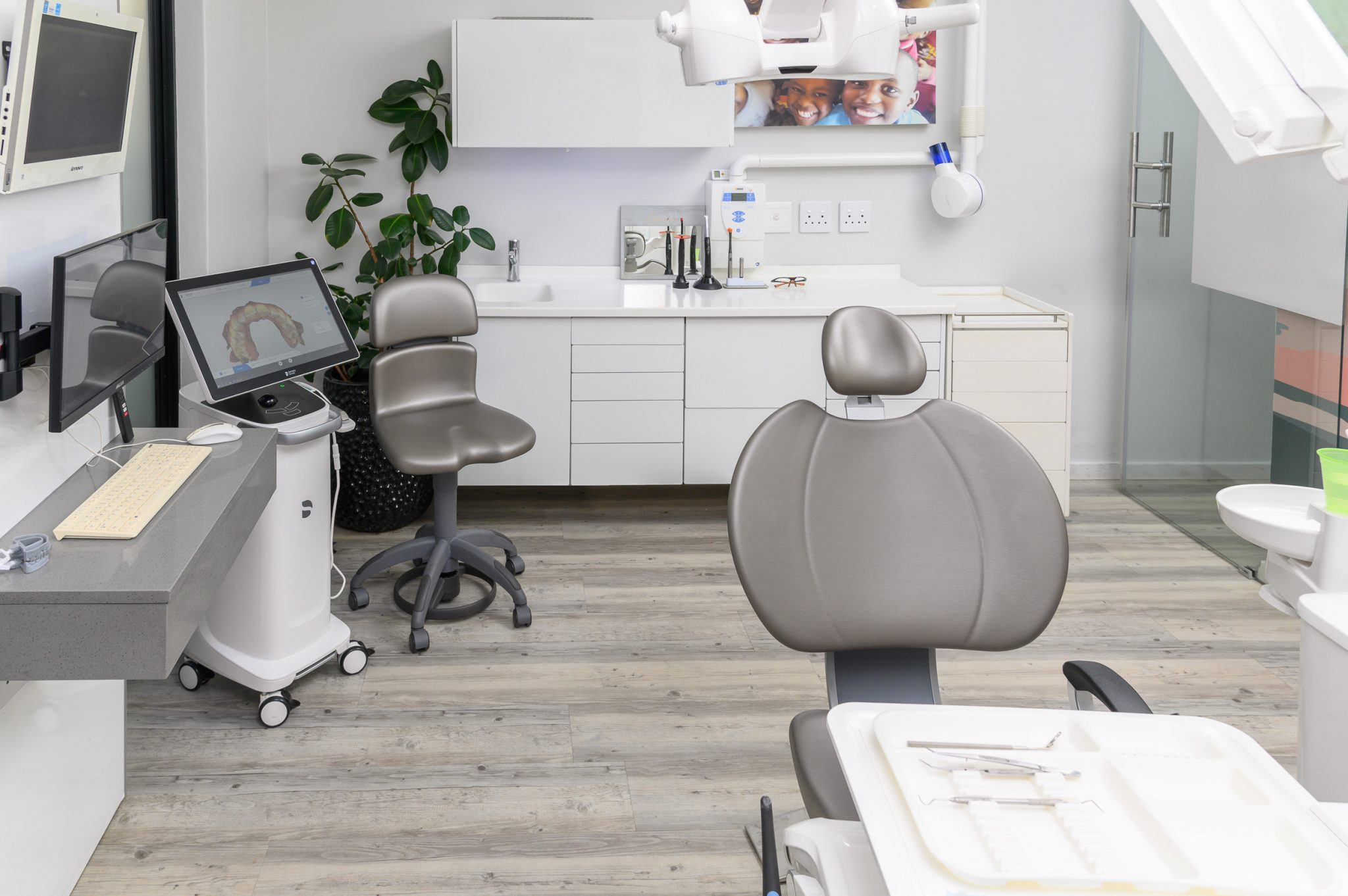

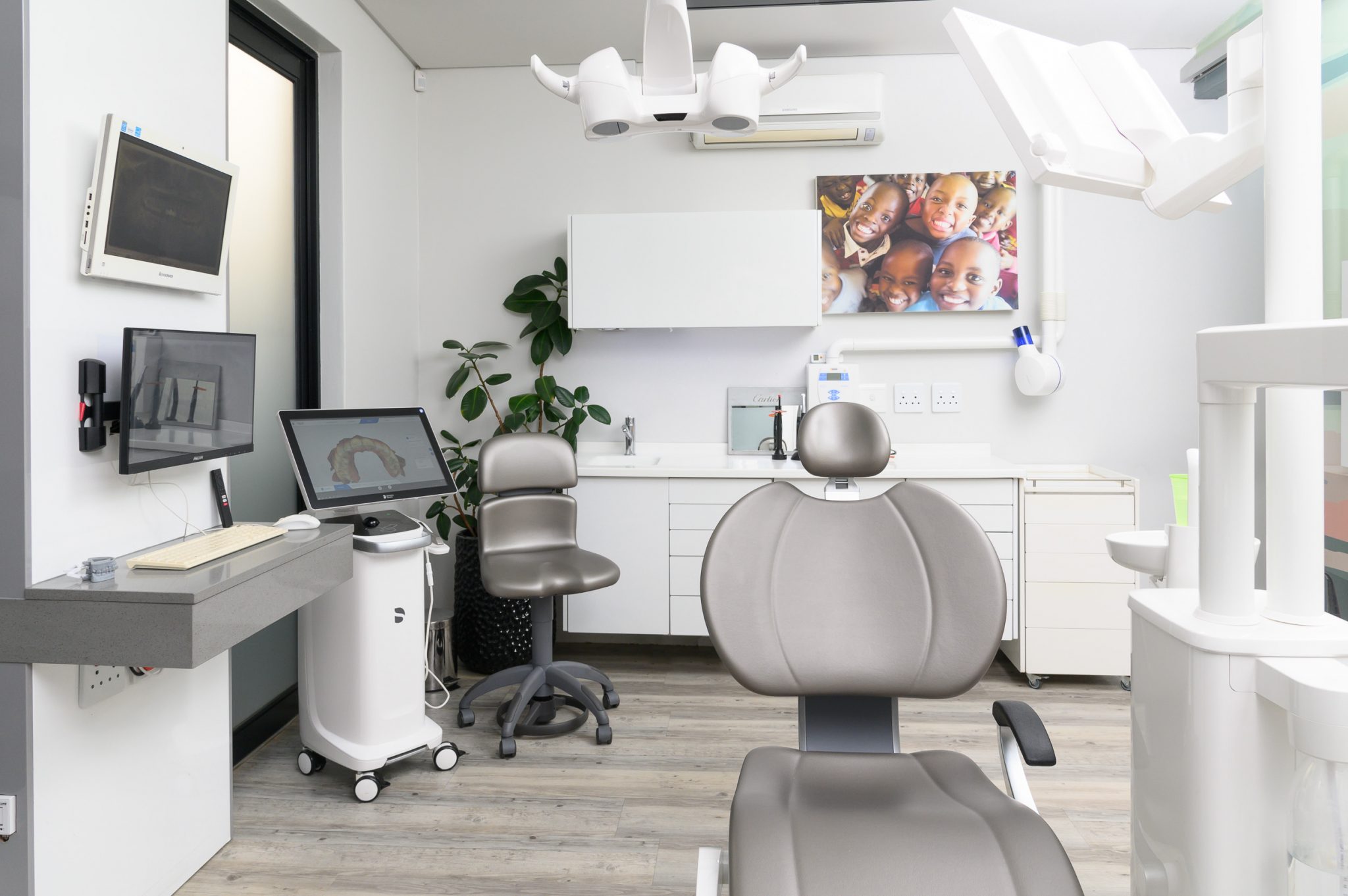

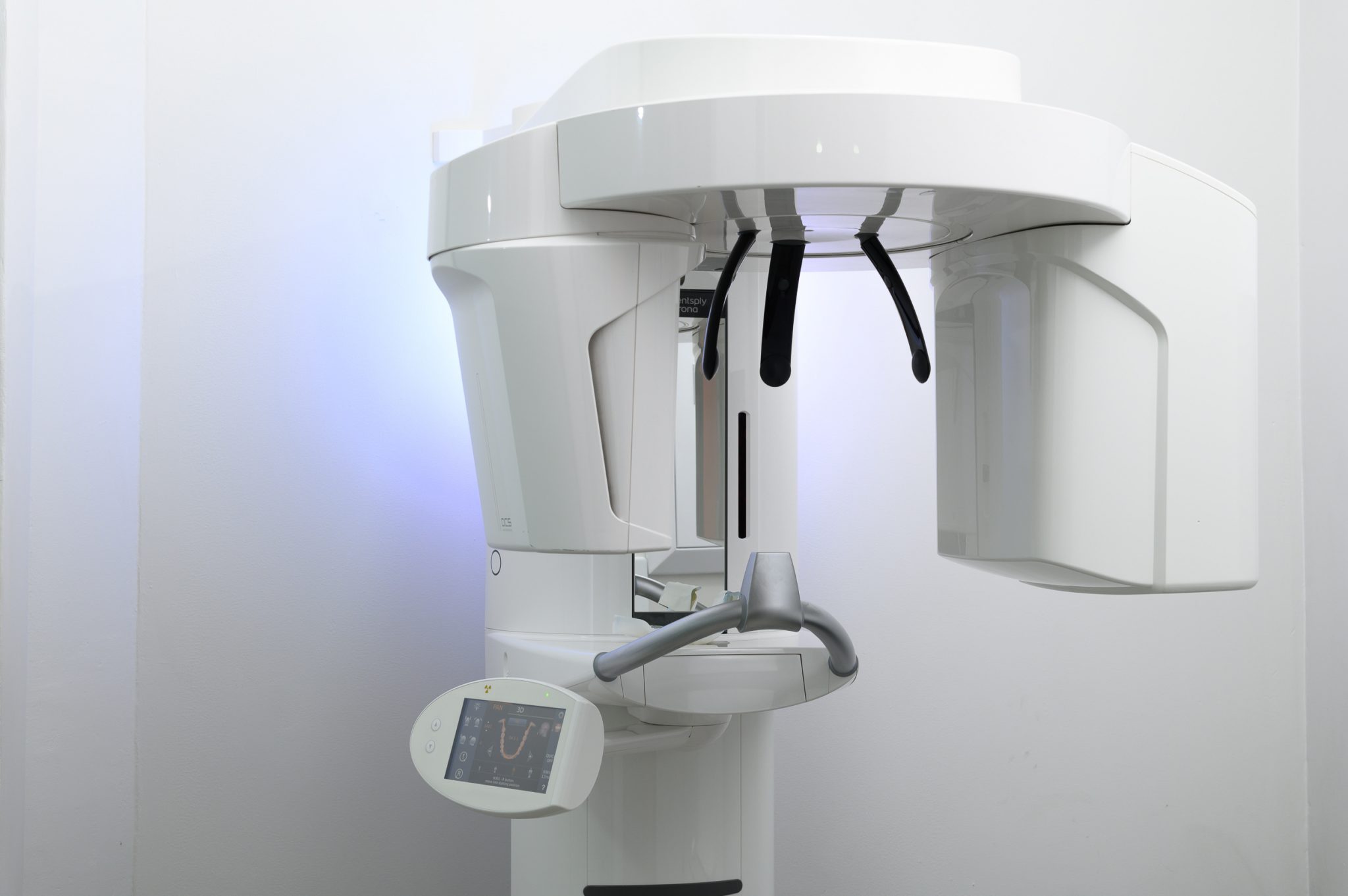

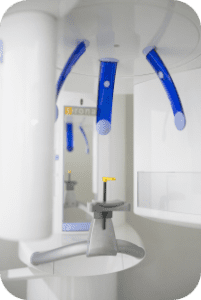

A CBCT scan is a type of medical imaging that uses a cone-shaped X-ray beam to create detailed 3D images of the inside of the body, particularly useful for dental and maxillofacial imaging. It is faster and involves less radiation exposure than traditional CT scans, and is often used to diagnose and plan treatment for dental and facial conditions.
A CBCT scan is a type of medical imaging that uses a cone-shaped X-ray beam to create detailed 3D images of the inside of the body, particularly useful for dental and maxillofacial imaging. It is faster and involves less radiation exposure than traditional CT scans, and is often used to diagnose and plan treatment for dental and facial conditions.
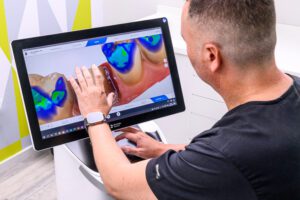

A Primescanner used in dentistry to create digital impressions of a patient’s teeth and surrounding oral structures. An intraoral scanner is a handheld device that uses light to capture detailed images of a patient’s mouth, including teeth, gums, and bite.
The scanner takes multiple images and then uses software to stitch them together into a 3D digital model of the patient’s mouth. This digital model can be used to create accurate and precise dental restorations, such as crowns, bridges, and dentures, as well as orthodontic appliances, like clear aligners.
Compared to traditional dental impressions, intraoral scanners offer many benefits, including faster and more comfortable scanning, improved accuracy and precision, and reduced need for remakes or adjustments.
A Primescanner used in dentistry to create digital impressions of a patient’s teeth and surrounding oral structures. An intraoral scanner is a handheld device that uses light to capture detailed images of a patient’s mouth, including teeth, gums, and bite.
The scanner takes multiple images and then uses software to stitch them together into a 3D digital model of the patient’s mouth. This digital model can be used to create accurate and precise dental restorations, such as crowns, bridges, and dentures, as well as orthodontic appliances, like clear aligners.
Compared to traditional dental impressions, intraoral scanners offer many benefits, including faster and more comfortable scanning, improved accuracy and precision, and reduced need for remakes or adjustments.
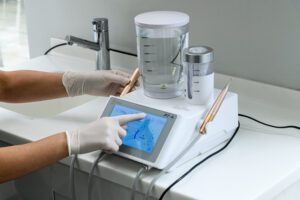

A PTA Dental Air Polisher is a handheld instrument that uses water, compressed air, and special powder to remove surface stains and plaque from teeth, while a PTA Dental Scaler is a handheld instrument that uses vibrations to remove hard deposits, such as tartar, from teeth. Both are commonly used in dental cleanings to maintain good dental hygiene and prevent dental problems.
A PTA Dental Air Polisher is a handheld instrument that uses water, compressed air, and special powder to remove surface stains and plaque from teeth, while a PTA Dental Scaler is a handheld instrument that uses vibrations to remove hard deposits, such as tartar, from teeth. Both are commonly used in dental cleanings to maintain good dental hygiene and prevent dental problems.
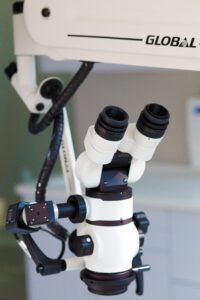

A dental microscope is a high-powered microscope that is used by dentists and endodontists to magnify and illuminate the inside of a patient’s mouth during dental procedures.
It provides a highly detailed view of the teeth and gums, allowing dental professionals to perform procedures with greater accuracy and precision. The use of a dental microscope is especially useful in endodontic procedures, such as root canal treatments, where precise visualization of the tooth’s internal structures is essential for successful treatment outcomes.
A dental microscope is a high-powered microscope that is used by dentists and endodontists to magnify and illuminate the inside of a patient’s mouth during dental procedures.
It provides a highly detailed view of the teeth and gums, allowing dental professionals to perform procedures with greater accuracy and precision. The use of a dental microscope is especially useful in endodontic procedures, such as root canal treatments, where precise visualization of the tooth’s internal structures is essential for successful treatment outcomes.
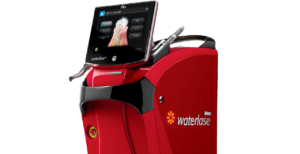

Waterlase is a type of dental laser from Biolase that uses water, air, and laser energy to perform a range of dental procedures, such as cavity preparations, gum contouring, and root canal treatments. It offers several advantages over traditional dental drills, including reduced pain, less bleeding, and faster healing times.
Waterlase also assists with the follow treatment plans such as gummy smile correction and gum depigmentation treatment
Waterlase is a type of dental laser from Biolase that uses water, air, and laser energy to perform a range of dental procedures, such as cavity preparations, gum contouring, and root canal treatments. It offers several advantages over traditional dental drills, including reduced pain, less bleeding, and faster healing times.
Waterlase also assists with the follow treatment plans such as gummy smile correction and gum depigmentation treatment
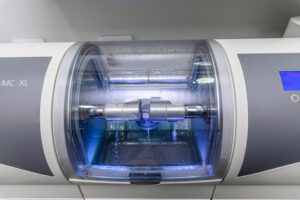

CEREC CAD/CAM milling is a technology used to create dental restorations such as crowns, bridges, inlays, onlays, and veneers in a single visit. CEREC stands for Chairside Economical Restoration of Esthetic Ceramics, and CAD/CAM stands for computer-aided design/computer-aided manufacturing.
The process involves taking a digital impression of the patient’s teeth using an intraoral scanner (Prime Scan) and creating a virtual 3D model of the restoration. Our team uses specialized software to design the restoration, which is then sent to a milling machine that uses a solid block of ceramic material to carve the restoration based on the digital design.
Once the restoration is complete, the dentist can immediately bond it to the patient’s tooth, allowing for a same-day restoration without the need for a temporary crown or bridge. This system saves time for the a patient and reduces the need for multiple appointments!
CEREC CAD/CAM milling is a technology used to create dental restorations such as crowns, bridges, inlays, onlays, and veneers in a single visit. CEREC stands for Chairside Economical Restoration of Esthetic Ceramics, and CAD/CAM stands for computer-aided design/computer-aided manufacturing.
The process involves taking a digital impression of the patient’s teeth using an intraoral scanner (Prime Scan) and creating a virtual 3D model of the restoration. Our team uses specialized software to design the restoration, which is then sent to a milling machine that uses a solid block of ceramic material to carve the restoration based on the digital design.
Once the restoration is complete, the dentist can immediately bond it to the patient’s tooth, allowing for a same-day restoration without the need for a temporary crown or bridge. This system saves time for the a patient and reduces the need for multiple appointments!


Digital photography and videography involves the use of specialized equipment, such as cameras and software, to capture high-quality images and videos of a patient’s teeth, gums, and mouth. These images and videos are used by our team to aid in diagnosis, treatment planning, and patient education.
Digital photography and videography can provide highly detailed and accurate images that can reveal subtle dental issues that might be missed by the naked eye. They can also be used to track changes in a patient’s dental health over time.
And not to forget you get to look at your before over and over again!
Digital photography and videography involves the use of specialized equipment, such as cameras and software, to capture high-quality images and videos of a patient’s teeth, gums, and mouth. These images and videos are used by our team to aid in diagnosis, treatment planning, and patient education.
Digital photography and videography can provide highly detailed and accurate images that can reveal subtle dental issues that might be missed by the naked eye. They can also be used to track changes in a patient’s dental health over time.
And not to forget you get to look at your before over and over again!
